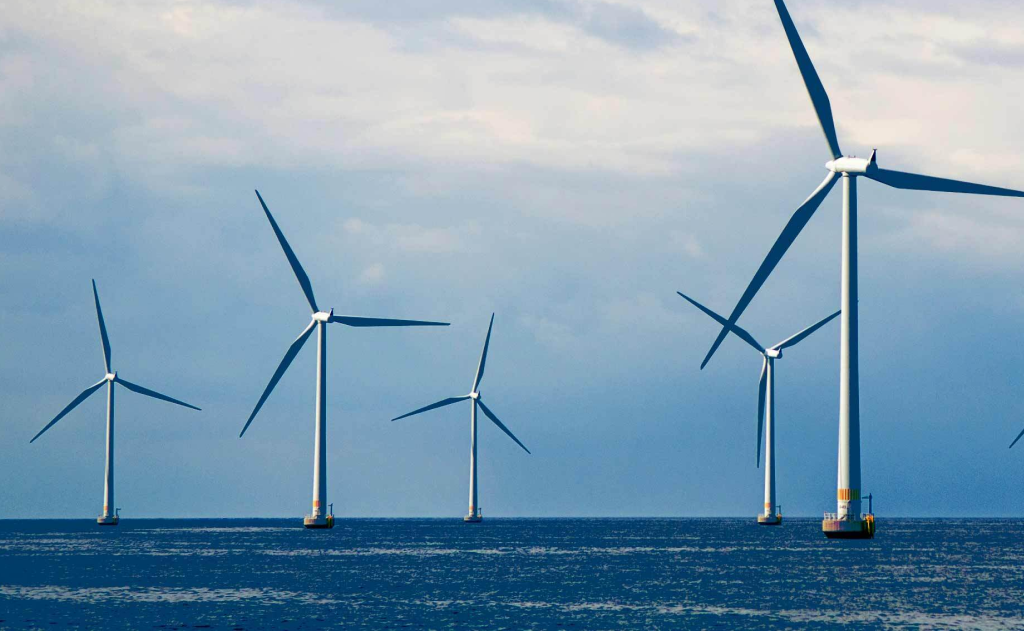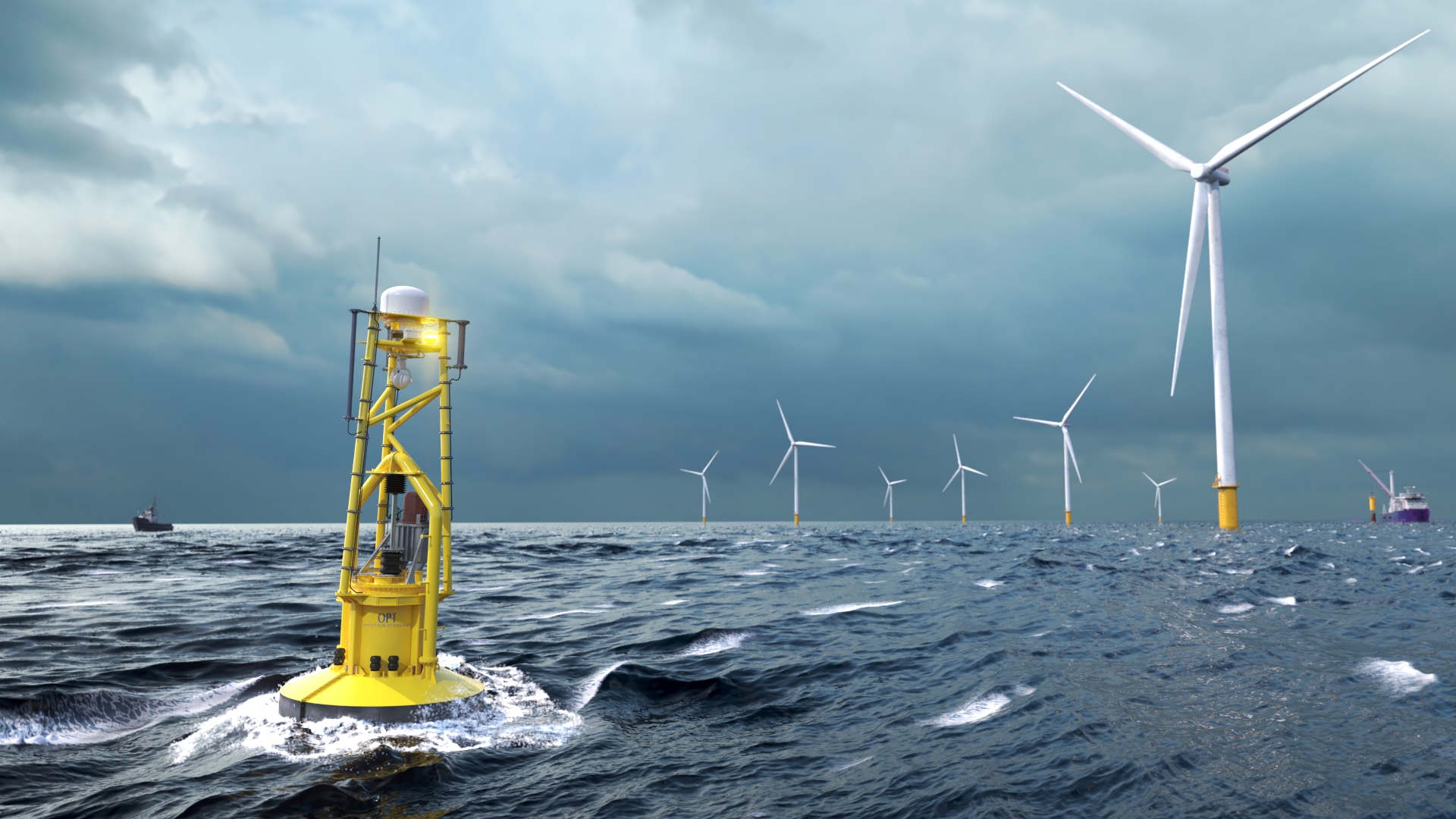Offshore Energy
Empowering the Future of Renewable Energy
In the dynamic and rapidly expanding realm of offshore renewable energy, Ocean Power Technologies, Inc. (OPT) is at the forefront of delivering autonomous, cost-effective solutions that cater to the unique demands of offshore wind and oil & gas sectors.
Our innovative technologies, including the PowerBuoy® and WAM-V®, are reshaping how energy industries approach site planning, development, and secure operations.
Actionable Intelligence for Offshore Wind
The offshore wind sector is witnessing unprecedented growth as a key area in renewable energy supply. OPT is committed to optimizing efficiency while minimizing environmental impact through the entire lifecycle of offshore wind projects:

Comprehensive Environmental and Site Analysis
Utilizing autonomous hydrographic surveys, we provide in-depth analysis for targeted development areas.
Persistent Environmental and Marine Life Monitoring
Our solutions offer 24/7/365 autonomous monitoring to protect marine ecosystems and facilitate normal maritime activities.
Enhanced Maritime Domain Awareness
Equipped with advanced radar and imaging technologies, our systems deliver continuous surveillance for maritime safety and infrastructure protection.
Integrated Data Analysis
We offer full-picture analysis by integrating third-party data sources, including satellite, weather, and bathymetric feeds, for informed decision-making.
Phased Approach for Offshore Wind Projects
Planning and Permitting
Gathering metocean and environmental data, and tracking marine mammals for informed project planning.
Construction
Offering 24/7/365 site surveillance support.
Operational Protection
Implementing maritime domain awareness solutions and persistent marine mammal monitoring for operational efficiency and safety.
Innovating Offshore Oil and Gas
As the offshore oil and gas industry pivots towards electrification, OPT’s renewable ocean-wave-based power generation emerges as a game-changer, especially in remote and deep-water operations. Our PowerBuoy® platform addresses the critical challenges faced by the industry:

Environmental Monitoring
For comprehensive engineering and development analysis.
Subsea and Topside Equipment Management:
Monitoring and control of low-power equipment.
Real-time Data Analysis
Performance analysis of installed equipment for operational efficiency.
Survey and Diagnostic Solutions
Offering innovative approaches for fault diagnosis and surveying.
A New Era of Operational Efficiency
OPT’s technology presents a paradigm shift in how offshore energy operations are powered and managed. By offering safe, reliable, and persistent power and communication platforms, OPT not only drives down operational and capital costs but also enhances asset utilization and overall production performance. Our solutions provide an economical alternative to traditional, cost-intensive power delivery systems, making even low-yield projects viable.
Discover how Ocean Power Technologies is leading the transformation in offshore energy. Contact us to learn how our innovative solutions can elevate your projects in efficiency, sustainability, and profitability.